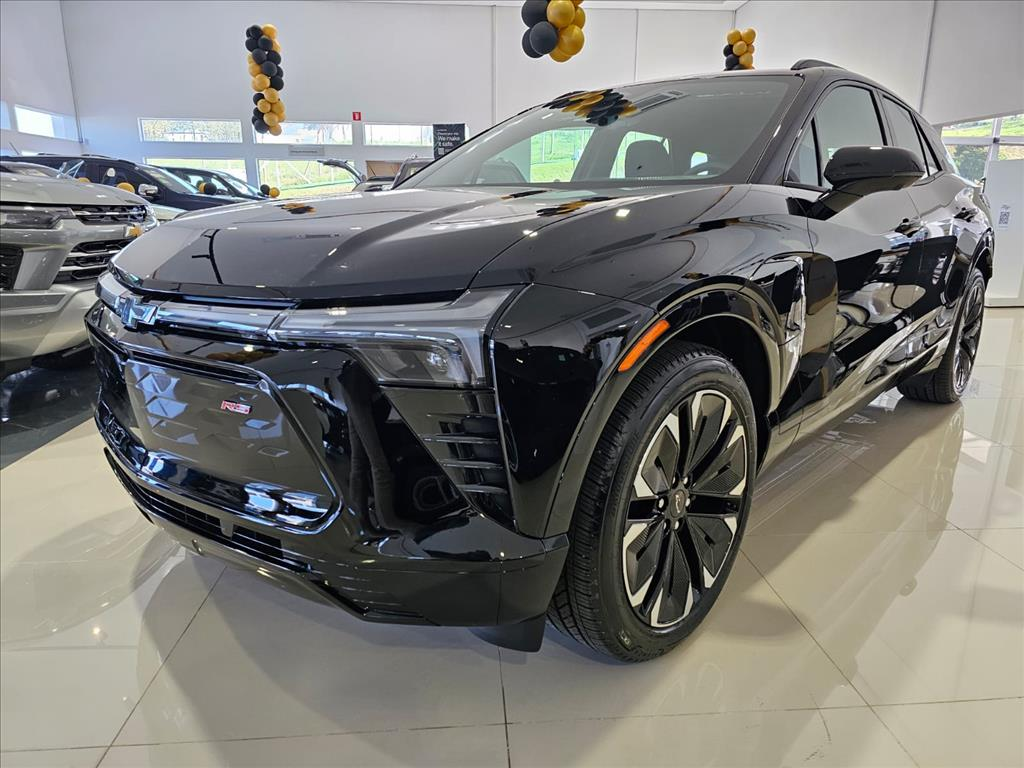In 2023, the electric vehicle (EV) market is experiencing a transformative shift, driven by groundbreaking innovations in EV charging infrastructure. According to a recent report by Bloomberg Green, global EV sales are expected to exceed 14 million units this year, highlighting the growing demand for efficient and reliable charging solutions. As urban centers become increasingly congested, these innovations are not just enhancing convenience but are also pivotal in revolutionizing city commutes. In this article, we delve into the latest advancements in EV charging and explore how they are reshaping urban mobility.
The Rise of Ultra-Fast Charging Stations
A Game Changer for Urban Mobility
One of the most significant trends in 2023 is the proliferation of ultra-fast charging stations. These stations, capable of delivering up to 350 kW of power, can recharge an EV in as little as 10-15 minutes—comparable to the time it takes to fill a tank with gasoline. According to Electrek, this advancement is crucial for city dwellers who require quick turnarounds during their busy schedules. By reducing charging times, these stations make EVs more practical for daily commutes and spontaneous trips.
Key Players and Locations
- Tesla Superchargers: Continuously expanding, with over 45,000 stations globally.
- Ionity Network: A joint venture by BMW, Mercedes-Benz, Ford, and Volkswagen, rapidly growing across Europe.
- ChargePoint and EVgo: Leading the way in the U.S. with thousands of stations in urban areas.
Impact on Urban Infrastructure
The widespread deployment of ultra-fast chargers is prompting cities to rethink their infrastructure. Parking lots, shopping centers, and even roadside cafes are becoming prime locations for these stations, integrating EV charging into everyday urban life.
Wireless Charging: The Future of Seamless Commutes
How Wireless Charging Works
Imagine pulling into a parking spot and having your EV charge automatically without plugging in. Wireless charging technology, also known as inductive charging, is making this a reality. By using electromagnetic fields to transfer energy between a charging pad on the ground and a receiver on the vehicle, this technology provides a hassle-free charging experience.
Benefits and Challenges
- Convenience: Offers a plug-free solution, ideal for busy urban environments.
- Efficiency: Currently achieving around 90% efficiency, with ongoing improvements.
- Challenges: High installation costs and the need for standardization across brands.
Current Developments
Companies like WiTricity and Plugless are leading the charge in developing wireless charging systems compatible with major EV brands like Hyundai and Nissan. As more cities adopt this technology, it is expected to become a standard feature in urban planning.
Smart Charging Solutions: Optimizing Energy Use
Integrating with the Smart Grid
Smart charging technology is revolutionizing how EVs interact with the power grid. By communicating with the grid, smart chargers can optimize charging times to coincide with off-peak hours, reducing strain on the electrical system and lowering costs for consumers.
Benefits of Smart Charging
- Cost Savings: Consumers can benefit from lower electricity rates during off-peak times.
- Grid Stability: Helps balance energy demand and supply, preventing overloads.
- Environmental Impact: Encourages the use of renewable energy sources.
Leading Innovations
- Volkswagen’s Elli: Offers smart home charging solutions that integrate with solar panels.
- Ford’s Intelligent Backup Power: Allows EVs to serve as backup power sources for homes.
These innovations are not only enhancing the EV experience but are also contributing to a more sustainable urban environment.
Practical Tips for City EV Owners
How to Charge Efficiently
- Plan Ahead: Use apps like PlugShare or ChargePoint to locate available charging stations.
- Optimize Charging Times: Schedule charging during off-peak hours to save on electricity costs.
- Explore Wireless Options: Consider upgrading to a vehicle with wireless charging compatibility for added convenience.
Where to Buy or Upgrade
- Tesla: Known for its extensive Supercharger network, ideal for frequent travelers.
- Hyundai and Nissan: Offer models with wireless charging capabilities.
- Ford and Volkswagen: Provide smart charging solutions that integrate with home energy systems.
What to Compare
- Charging Speed: Compare kW ratings to determine charging time.
- Cost: Consider both the cost of the vehicle and the associated charging infrastructure.
- Compatibility: Ensure compatibility with existing or planned charging systems.
Conclusion: A Bright Future for Urban Mobility
As we move further into 2023, the innovations in EV charging are setting the stage for a future where city commutes are not only more sustainable but also more efficient and convenient. The integration of ultra-fast, wireless, and smart charging solutions is transforming urban landscapes and making EVs a viable option for more people. For those considering the switch, now is an opportune time to explore the evolving world of electric mobility.
Do you think these innovations will encourage more city dwellers to adopt EVs? Share your thoughts in the comments below. As we look ahead, it’s clear that the continued evolution of charging technology will play a pivotal role in shaping sustainable urban transport for generations to come.

